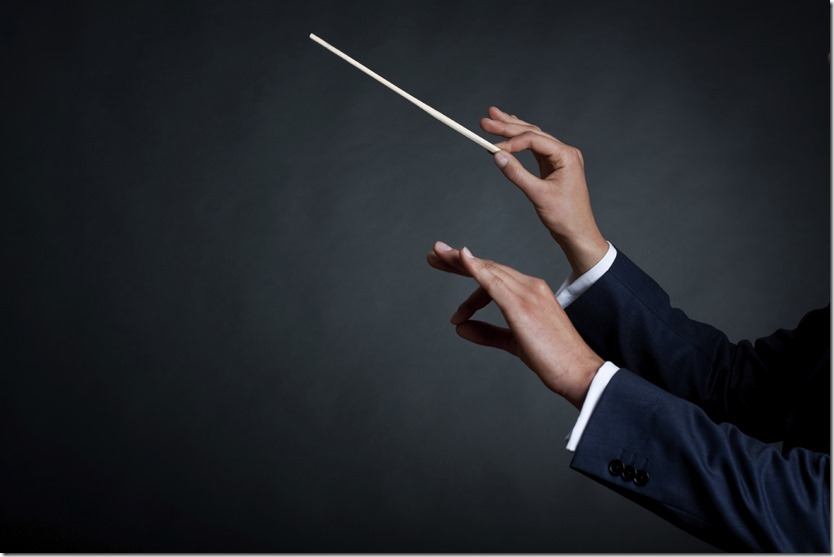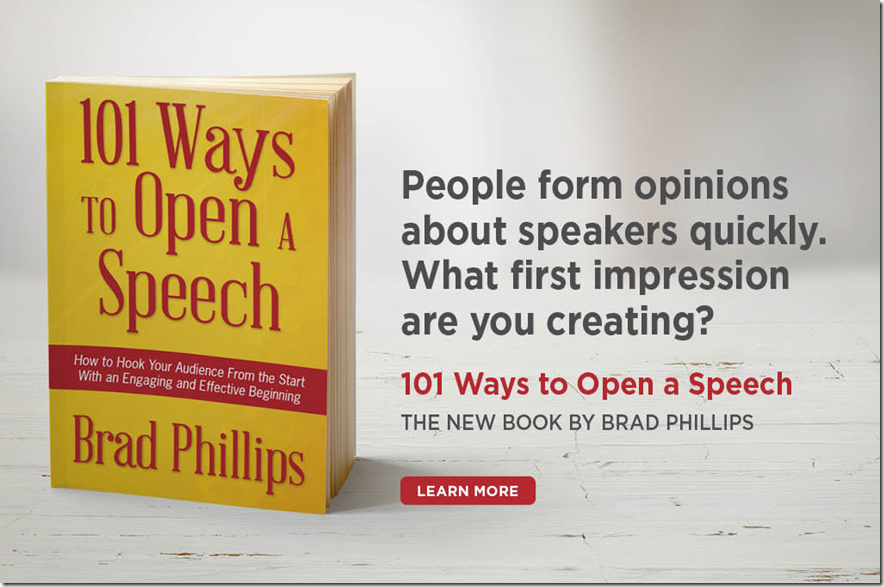The Tempo Of Effective Public Speaking | Presentation Training
Tempo is defined as “the pace or speed at which a section of music is played,” according to study.com. “We can think of the tempo as the speedometer of the music.”
I think of tempo a lot during our presentation training sessions, but I tend to think of it most when a speaker is showing (or discussing) many examples.
Let’s say the speaker is discussing an important photography exhibition and wants to show 15 different works. Too often, the speaker will establish a baseline tempo and keep to it throughout the entire talk. Typically, they’ll show an image, give the photo’s backstory for a couple of minutes, then show the next photo, talk for a couple of minutes, and continue to proceed using the same tempo for the rest of their talk.

When charted, their talk might look something like this:
OPEN (3 minutes)
EXAMPLE ONE (2 minutes)
EXAMPLE TWO (2 minutes)
EXAMPLE THREE (2 minutes)
EXAMPLE FOUR (2 minutes)
CLOSE (3 minutes)
The risk with that pattern is that it becomes predictable. The tempo becomes its own sort of monotone, one that offers no surprises to the audience.
When working with clients delivering such a talk, I recommend that they alter the tempo of their examples. Some should be “grave” (a musical term meaning slow), and others should be prestissimo (fast).
Their revised talk might look like this:
OPEN (3 minutes)
EXAMPLE ONE (2 minutes)
EXAMPLE TWO (25 seconds)
EXAMPLE THREE (1 minute 15 seconds)
EXAMPLE FOUR (3 minutes)
CLOSE (3 minutes)
The subtle unpredictability of that pacing helps sustain audience attention—suspense is a critical element of storytelling, and it can be used in this context as well—and avoids the monotony of a predictable pattern.
An alternate version of this is to choose a few examples at the beginning of your talk to highlight with longer examples, then quicken the tempo with a series of shorter “staccato” bursts.
That version might be charted as follows:
EXAMPLES ONE—THREE (3 minutes each)
EXAMPLES FOUR—TEN (30 seconds each)
Tempo is always an important concept in public speaking, but it’s particularly easy to apply during talks that call for numerous examples. Try this technique the next time you have the opportunity to deliver such a talk—and please let me know how it worked for you in the comments section below.



